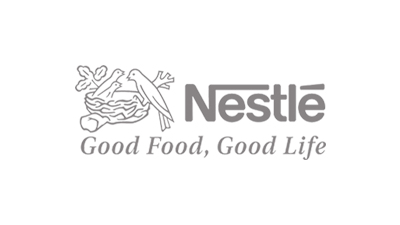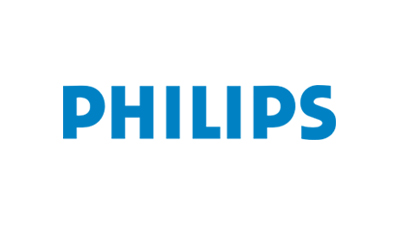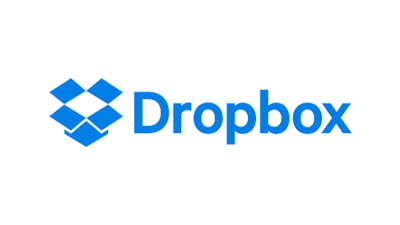Neurostimulation is a therapeutic activation of part of the nervous system using microelectrodes. The electrodes are used to interface with excitable tissue in order to either restore sensation, such as a cochlear implant for hearing, or control anorgan, such as a heart pacemaker. Neurostimulation technology improves the life quality of those who are severely paralyzed or suffering from profound losses to various sense organs. It serves as the key part of neural prosthetics for hearing aids, artificial vision, artificial limbs, and brain-machine interfaces. In the case of neural stimulation, mostly an electrical stimulation is utilized and charge-balanced biphasic constant current waveforms of capacitive coupled charge injection approaches are adopted. Alternatively, the transcranial magnetic stimulation has been proposed as a non-invasive method in which a magnetic field causes neurostimulation. Neurostimulation devices are implantable devices that help in the therapeutic activation of the nervous systems. These devices deliver electrical stimulation to the brain and nervous systems for the treatment of various types of neurological disorders such as pain, epilepsy, Parkinson's disease, depression, obsessive-compulsive disorder, dystonia, and tremors. These devices target specific areas of the brain or spinal cord by blocking the pain messages before they reach the brain. According to our (Global Info Research) latest study, the global Neurostimulation Devices market size was valued at USD 6832.2 million in 2022 and is forecast to a readjusted size of USD 14020 million by 2029 with a CAGR of 10.8% during review period. The influence of COVID-19 and the Russia-Ukraine War were considered while estimating market sizes. Global Neurostimulation Devices key players include Medtronic, Boston Scientific, St. Jude Medical (Abbott), etc. Global top three manufacturers hold a share over 75%. North America is the largest market, with a share over 40%, followed by China, and Europe, both have a share about 40 percent. In terms of product, Spinal Cord Stimulation (SCS) is the largest segment, with a share over 55%. And in terms of application, the largest application is Pain Management, followed by Parkinsonメs Disease, Epilepsy, Urinary and Fecal Incontinence, etc. This report is a detailed and comprehensive analysis for global Neurostimulation Devices market. Both quantitative and qualitative analyses are presented by manufacturers, by region & country, by Type and by Application. As the market is constantly changing, this report explores the competition, supply and demand trends, as well as key factors that contribute to its changing demands across many markets. Company profiles and product examples of selected competitors, along with market share estimates of some of the selected leaders for the year 2023, are provided. Key Features: Global Neurostimulation Devices market size and forecasts, in consumption value ($ Million), sales quantity (Units), and average selling prices (USD/Unit), 2018-2029 Global Neurostimulation Devices market size and forecasts by region and country, in consumption value ($ Million), sales quantity (Units), and average selling prices (USD/Unit), 2018-2029 Global Neurostimulation Devices market size and forecasts, by Type and by Application, in consumption value ($ Million), sales quantity (Units), and average selling prices (USD/Unit), 2018-2029 Global Neurostimulation Devices market shares of main players, shipments in revenue ($ Million), sales quantity (Units), and ASP (USD/Unit), 2018-2023 The Primary Objectives in This Report Are: To determine the size of the total market opportunity of global and key countries To assess the growth potential for Neurostimulation Devices To forecast future growth in each product and end-use market To assess competitive factors affecting the marketplace This report profiles key players in the global Neurostimulation Devices market based on the following parameters - company overview, production, value, price, gross margin, product portfolio, geographical presence, and key developments. Key companies covered as a part of this study include Medtronic, Boston Scientific, Abbott, LivaNova and Nevro, etc. This report also provides key insights about market drivers, restraints, opportunities, new product launches or approvals, COVID-19 and Russia-Ukraine War Influence. Market Segmentation Neurostimulation Devices market is split by Type and by Application. For the period 2018-2029, the growth among segments provides accurate calculations and forecasts for consumption value by Type, and by Application in terms of volume and value. This analysis can help you expand your business by targeting qualified niche markets. Market segment by Type Spinal Cord Stimulation (SCS) Gastric Electric Stimulation (GES) Deep Brain Stimulation (DBS) Sacral Nerve Stimulation (SNS) Vagus Nerve Stimulation (VNS) Other Market segment by Application Pain Management Parkinsonメs Disease Urinary and Fecal Incontinence Epilepsy Gastroparesis Other Major players covered Medtronic Boston Scientific Abbott LivaNova Nevro NeuroPace Beijing Pins Synapse Biomedical Market segment by region, regional analysis covers North America (United States, Canada and Mexico) Europe (Germany, France, United Kingdom, Russia, Italy, and Rest of Europe) Asia-Pacific (China, Japan, Korea, India, Southeast Asia, and Australia) South America (Brazil, Argentina, Colombia, and Rest of South America) Middle East & Africa (Saudi Arabia, UAE, Egypt, South Africa, and Rest of Middle East & Africa) The content of the study subjects, includes a total of 15 chapters: Chapter 1, to describe Neurostimulation Devices product scope, market overview, market estimation caveats and base year. Chapter 2, to profile the top manufacturers of Neurostimulation Devices, with price, sales, revenue and global market share of Neurostimulation Devices from 2018 to 2023. Chapter 3, the Neurostimulation Devices competitive situation, sales quantity, revenue and global market share of top manufacturers are analyzed emphatically by landscape contrast. Chapter 4, the Neurostimulation Devices breakdown data are shown at the regional level, to show the sales quantity, consumption value and growth by regions, from 2018 to 2029. Chapter 5 and 6, to segment the sales by Type and application, with sales market share and growth rate by type, application, from 2018 to 2029. Chapter 7, 8, 9, 10 and 11, to break the sales data at the country level, with sales quantity, consumption value and market share for key countries in the world, from 2017 to 2022.and Neurostimulation Devices market forecast, by regions, type and application, with sales and revenue, from 2024 to 2029. Chapter 12, market dynamics, drivers, restraints, trends, Porters Five Forces analysis, and Influence of COVID-19 and Russia-Ukraine War. Chapter 13, the key raw materials and key suppliers, and industry chain of Neurostimulation Devices. Chapter 14 and 15, to describe Neurostimulation Devices sales channel, distributors, customers, research findings and conclusion.
1 Market Overview 1.1 Product Overview and Scope of Neurostimulation Devices 1.2 Market Estimation Caveats and Base Year 1.3 Market Analysis by Type 1.3.1 Overview: Global Neurostimulation Devices Consumption Value by Type: 2018 Versus 2022 Versus 2029 1.3.2 Spinal Cord Stimulation (SCS) 1.3.3 Gastric Electric Stimulation (GES) 1.3.4 Deep Brain Stimulati









